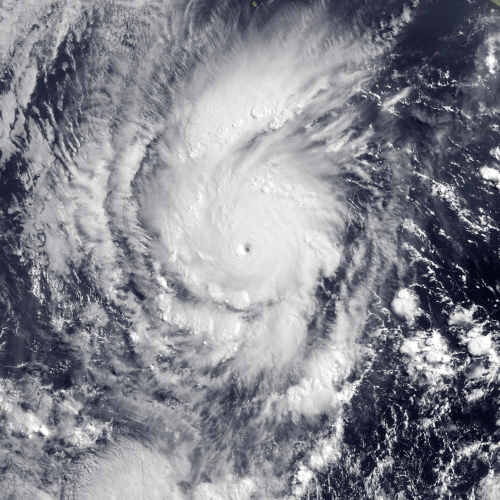The insurance and reinsurance industry loss from major natural catastrophe events in 2020 totalled approximately $78 billion, which is some 17% higher than the ten-year average of $66.5 billion, according to analysis by Willis Re, the reinsurance arm of global brokerage Willis Towers Watson (WTW).
 While the insured loss estimate is above-average, Willis Re notes that it still fails to reflect the record level of storm activity witnessed throughout 2020.
While the insured loss estimate is above-average, Willis Re notes that it still fails to reflect the record level of storm activity witnessed throughout 2020.
The 2020 Atlantic hurricane season was extremely active, both in terms of storm formations and landfalls, but multiple ‘near-misses’ as storms skirted major built-up areas helped keep losses down for re/insurers.
Willis Re’s data shows that at $78 billion, insured losses from nat cats in 2020 is the fourth largest since 2011, and also above the $53 billion reported in 2019 but significantly below the $143 billion peak witnessed in 2017.
The insured loss total estimate from Willis Re follows the $97 billion figure announced last week by broker Aon, and also the $82 billion total reported earlier in January by reinsurer Munich Re. However, it’s important to note that Willis Re’s figure does not include losses to the industry from COVID-19 or man-made insured losses, which in 2020 included the riots in the U.S. and the Beirut port explosion in August.
Overall, Willis Re pegs insured man-made losses at $5.5 billion for 2020, taking the combined nat cat and man-made insured loss total to an estimated $83.5 billion for the year.
Yingzhen Chuang, Regional Director, Catastrophe Analytics, Willis Re International, commented: “Natural catastrophe losses were high in 2020, but things could have been worse, given the number of storms which formed around the world. Fortunately, despite an active Atlantic Hurricane season, landfalls were limited.
“Whilst losses in Europe were modest, we did see a number of earthquake events as a reminder of the seismically active nature of southern Europe, as well as severe flooding from windstorms and hailstorm activity. During a year when Covid-19 dominated catastrophe loss discussions, there were nevertheless a series of smaller but impactful natural catastrophe events.”
During the year, the largest slice of insured losses came from the impacts of Hurricane Laura, which drove claims of between $8 billion to $9 billion.
Outside of the U.S., Willis Re highlights the impacts of European windstorm Ciara (Sabine) in more than ten countries, driving insured losses of almost $2 billion.
In Asia, Tropical Cyclone Haishen led to less than $1 billion of insured losses, which is someway below those caused by similar storms during 2019’s cyclone season, notes Willis Re.
Additionally, the largest event of the year to hit Latin America and the Caribbean was Hurricane Iota in November, with an estimated economic loss of about $1.3 billion, of which only a small percentage is expected to be covered by re/insurance.
“A record number of North Atlantic hurricanes formed in 2020, but landfalls did not occur in great numbers, or touch areas with highly concentrated insured exposures. If they had, the story of 2020 would have been dramatically different. However, the sheer number of storms – and the continued incidence of billion-dollar wildfires in the US and elsewhere, plus the severity of the Iowa derecho event – gives the industry cause to consider new emerging trends,” said Vaughn Jensen, Executive Vice President, Catastrophe Analytics, Willis Re North America.


